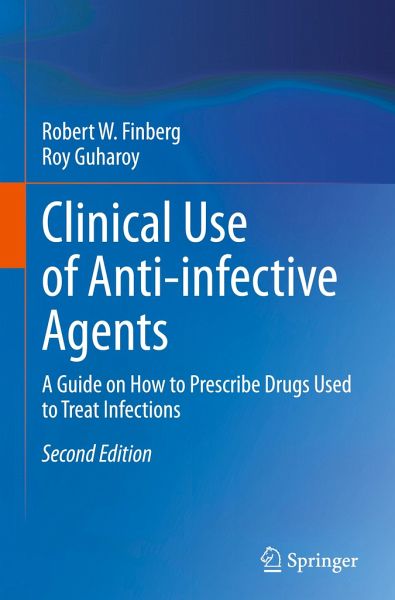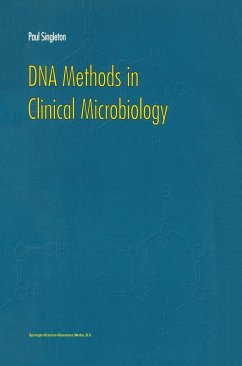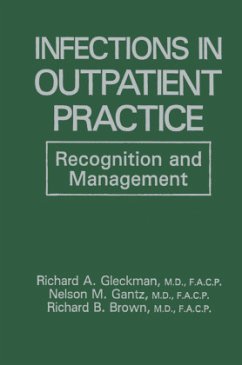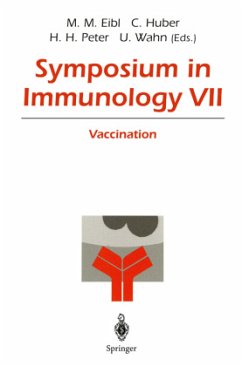
Clinical Use of Anti-infective Agents
A Guide on How to Prescribe Drugs Used to Treat Infections

PAYBACK Punkte
42 °P sammeln!
This second edition of Clinical Use of Anti-Infective Agents provides a comprehensive overview of current approaches to using drugs to treat infections, including historical perspectives, definitions, and discussion of pharmacokinetics and pharmacodynamics and their uses. It includes a detailed explanation of different classes of drugs, outlining their spectrum, pharmacokinetics, side effects, and dosing in clinical settings. This book has been designed as a reference tool for pharmacists, clinicians, nurse practitioners, and clinical microbiologists, as well as a teaching vehicle for students...
This second edition of Clinical Use of Anti-Infective Agents provides a comprehensive overview of current approaches to using drugs to treat infections, including historical perspectives, definitions, and discussion of pharmacokinetics and pharmacodynamics and their uses. It includes a detailed explanation of different classes of drugs, outlining their spectrum, pharmacokinetics, side effects, and dosing in clinical settings. This book has been designed as a reference tool for pharmacists, clinicians, nurse practitioners, and clinical microbiologists, as well as a teaching vehicle for students studying infection and patient treatment.
Each section includes references allowing for in-depth study of specific agents, Q&As, and illustrative case studies accompanied by commentary on how to approach patients and organisms, optimal methods of making a diagnosis, and prescribing treatment.
Each section includes references allowing for in-depth study of specific agents, Q&As, and illustrative case studies accompanied by commentary on how to approach patients and organisms, optimal methods of making a diagnosis, and prescribing treatment.












